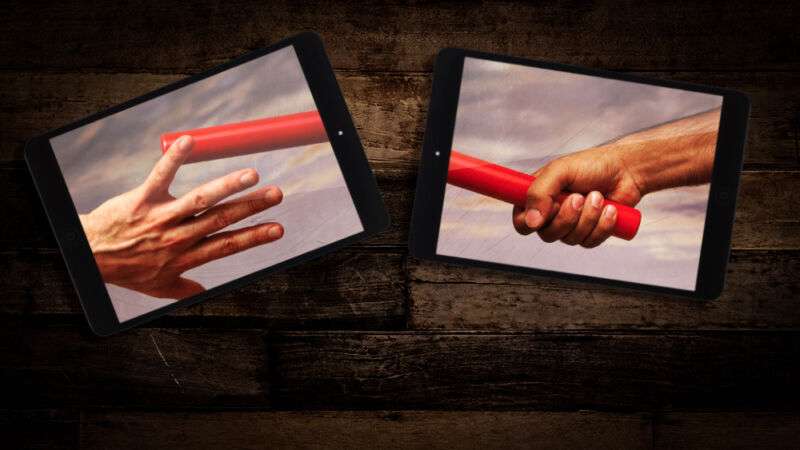
Spooky action at a distance: The future magic of remote collaboration
In a world where you have to social distance, how do you scrum? …
 reader comments
reader comments
14 with 13 posters participating
View more stories
The global pandemic and the corporate office shutdowns resulting from it have wrought changes to how work works. While essential people in certain industries have continued their jobs in ways that are relatively familiar under layers upon layers of personal protective equipment, many companies have had to find ways to continue other work at a “social” distance. And in those situations, employees must find ways to continue collaborating as they did when they were packed into cubicles, open floor plans, and all the other various patterns of modern office spaces.
Workplace changes due to COVID-19 won’t go away anytime soon. Tech companies like Google, Facebook, and Microsoft have pushed back the return of employees to offices until well into 2021, and Twitter has declared that employees need never return to the corporate office. Companies in other industries are making the same sorts of calculations, while employees are rethinking not just how they work but even where they live.
All of this hinges on the evolution of tools that make this remote way of work possible. For some of us—well, like everyone who’s worked for Ars, for instance—that isn’t anything new. As I’ve noted previously, I’ve been working primarily from home for over 25 years, and being an early adopter of every technology that could reduce the remoteness of being remote means I’ve lived through the teething pains of collaboration software and distributed teams.
Continue reading – Article source




